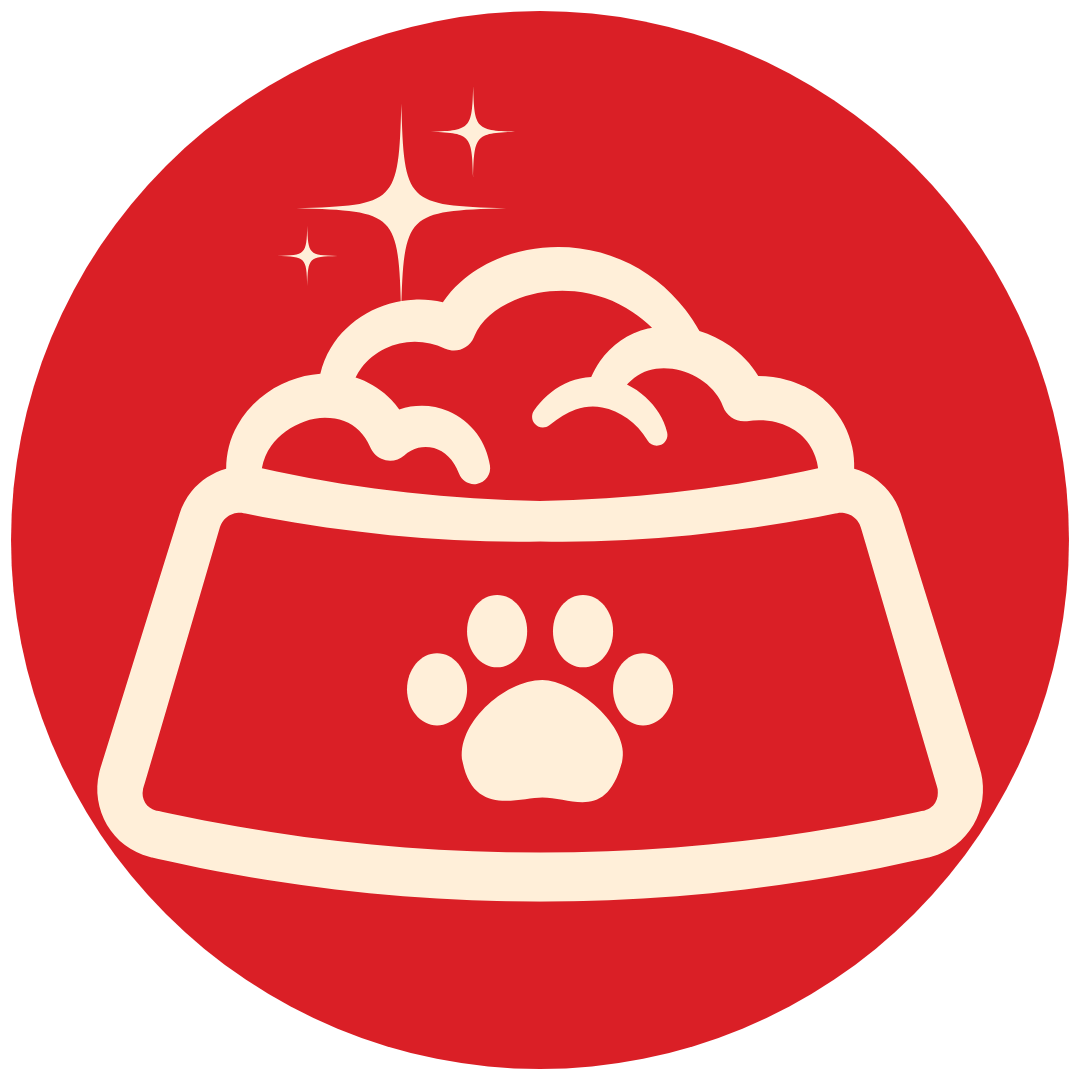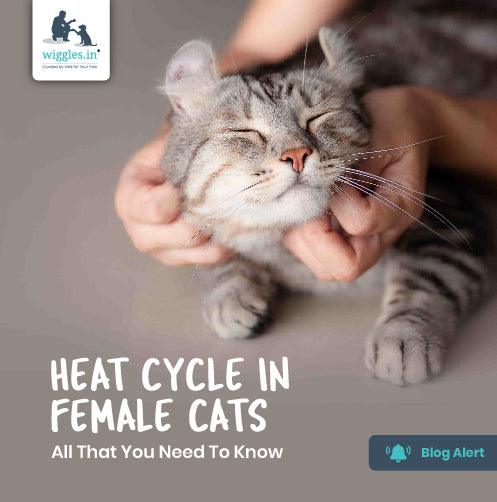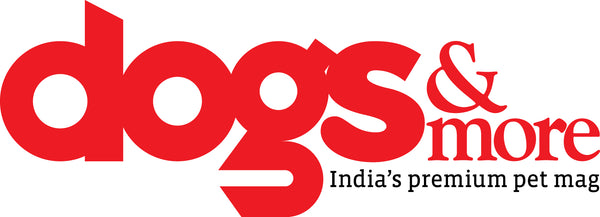Queens! Indeed they are! Cats have their own way of living their lives. Queen a.k.a female cat or Tom, the male cat, will make themselves treat you as they’re your top most priority. But, we love them with all our hearts and that’s why we want to know every detail about our purr-fect babies.
All-female bodies on earth have the gift of giving birth to a new life! To continue this process, a female goes through an in-built mechanism in them, this is known to be the menstrual cycle in primates or estrous cycle in general. Though, all-female go through the same heat cycle but, it varies species to species due to several physiological changes.
Unlike dogs, our Queens do not have a regular estrous cycle. Yes! You read that right! Then how does it work?
When does the Reproductive/Heat Cycle Start?
Once the cat hits puberty i.e. sexual maturity, the heat cycle starts. A queen’s first cycle ranges from 4-12 months, considering the average age of 6 months, depending upon the breed and body condition. Compared to long hair breeds, short hair breeds attend sexual maturity much earlier. The average body weight of these cats during puberty is around 2.3 - 3.2 kg.
Stages of the Reproductive/Heat Cycle
Like all the female reproductive cycle queens also have 4 vivid stages: anestrous, proestrus, estrous, metestrous.
- Anestrous: The phase where the cat is in the dormant (inactive) stage. Cats do not engage in any sexual activity during this phase.
- Proestrous: This is a phase where cats come into estrous but they're not available for breeding. Hormones like FSH (follicle-stimulating hormone) and estrogen aid in the development of eggs for ovulation.
- Estrous: Mating/Breeding can occur in this phase. Queens are receptive towards Toms. You may observe your cat transforming behavioral changes such as yowling more than usual, having frequent urination, elevating the rump, and bending the forelegs for copulation in this phase. Queens are "induced ovulators," that is they release eggs only if bred. A cat who is not bred will not ovulate and continue to come to heat every 2-3 weeks until bred.
- Metestrous: The cat does not have any receptive urge for a male cat and she exhibits her normal behavior
Frequency of the Heat Cycle
Cats are seasonally polyestrous and long day breeder (photoperiodic) i.e. cats can have multiple estrous cycles during the breeding season (Feb- Nov) depending upon the exposure of the light they get, where artificial lighting (Led lights) are also responsible for the repetition of estrous.
Signs of the Heat Cycle
- The major noticeable sign you will observe in your cats is their yowling, being vocal in a very unusual manner.
- Cats become more affectionate towards their owner.
- Deflection of the tail with a body or tail tremor.
- Spinal flexion can be observed.
- Vaginal discharge, rolling on the ground, and licking the swollen vulva are the common signs to observe.
- Frequent micturition and escaping behavior to find a mate.
Duration of the Heat Cycle
Variation can be found depending upon the physiology of the cats. But, normally a queen's estrous cycle lasts for 14-22 days. If mating occurs during this phase then the cycle will last for only 4 days. If not then it will recur within 15-21 days of interval.
Pregnancy in Cats
Pregnancy in cats lasts for 57-67 days with an average litter size of 1-3 kittens per year.
How to take care of female cats during her heat cycle?
Periods can be as painful for cats as they are for humans. Few measures that can be taken are as follows:
- Giving little extra attention by just petting or brushing can be helpful to them
- Don’t try to unnecessarily pick them up or pet them unless they volunteer.
- If you don’t intend to have kittens, keep them in a secure perimeter.
- If you don’t want your cat to get pregnant, spaying is the best option you can go for.
Diet of the Cat during the Heat Cycle
During this period it is important to pay attention towards the healthy diet of your cat. Sometimes it’s fine to let them munch on their favorite treat/food. A cat loses her appetite during her heat cycle so it is always advisable to keep electrolyte infused water for them. Chicken soup or chunks of chicken/fish can do wonders. Giving yogurt and rice helps keep their digestive system sane.
Cats are very low maintenance pets. But keeping an eye on them, looking after their needs during their difficult days may help immensely.
Our assistance for your pet’s health is just a phone call away on +91 8431620000. You can also call our vets home by using our Vet on Call services. This will save you the hassle of traveling with your pet. Till then, take care of your gal pal, and don’t forget those extra treats!
If you wish to be a part of an ever growing pet parent community, then join Wiggles Tribe on Facebook today and get all your queries answered by our in-house vets!



















